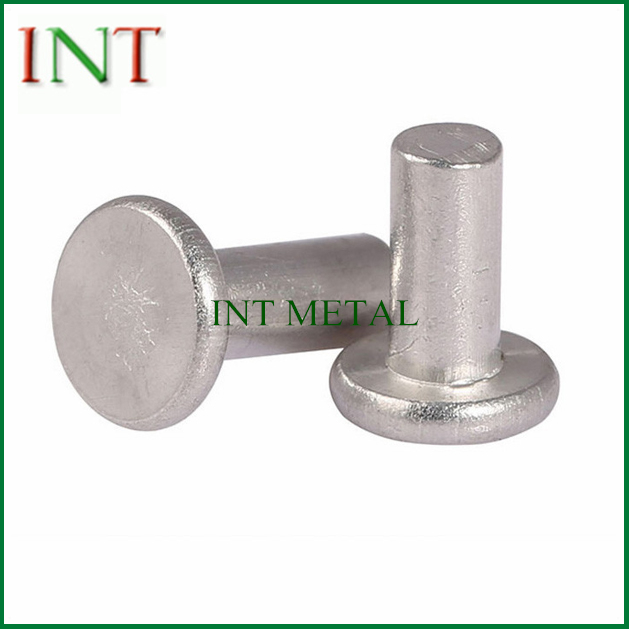Mastering Precision: The Art of Installing Aluminum Rivets for Optimal Results
2023-11-30
Introduction:
In the world of fastening solutions, aluminum rivets stand as reliable architects of structural integrity. However, their effectiveness hinges not only on the quality of the rivet itself but also on the precision of the installation process. This blog delves into the art of installing aluminum rivets, uncovering the specialized tools and techniques that elevate the process, ensuring optimal results in diverse applications.
1. Understanding the Types of Aluminum Rivets:
Before delving into the installation process, it's essential to understand the types of aluminum rivets available. From solid rivets to blind rivets, each type requires a nuanced approach to installation. Familiarity with the specific characteristics of the chosen rivet informs the installation strategy.
2. Gathering the Essential Tools:
The installation of aluminum rivets demands a set of specialized tools designed to ensure precision and efficiency. Common tools include rivet guns or riveters, which can be manual, pneumatic, or hydraulic. These tools are tailored to the type and size of the rivet, providing the necessary force for a secure and snug fit.
3. Choosing the Right Rivet Gun:
Selecting the appropriate rivet gun is paramount to the success of the installation. Manual rivet guns offer control and simplicity for lighter applications, while pneumatic or hydraulic guns are preferred for larger-scale projects, providing the force needed for more substantial rivets.
4. Prepping the Work Surface:
Cleanliness is a key factor in a successful installation. Ensure that the work surface is free from contaminants that could compromise the integrity of the joint. Removing debris and applying any necessary coatings before installation contributes to optimal results.
5. Inserting the Rivet:
For blind rivets, the installation process begins with inserting the rivet into the pre-drilled hole in the materials being joined. The selection of the appropriate size and type of rivet ensures a snug fit, setting the stage for a secure joint.
6. Aligning the Rivet Gun:
Aligning the rivet gun with the rivet is crucial for precise installation. Proper alignment ensures that the force is applied directly to the rivet, facilitating smooth and uniform compression of the materials.
7. Applying Controlled Pressure:
Controlled pressure is key to achieving optimal results. Whether using a manual, pneumatic, or hydraulic rivet gun, applying controlled pressure ensures that the rivet deforms uniformly, creating a tight and secure joint without causing damage to the materials.
8. Monitoring the Installation Process:
Vigilance during the installation process is paramount. Monitoring the compression and deformation of the rivet ensures that the joint is formed correctly. Attention to detail prevents issues such as under-compression or over-compression, which could compromise the strength of the joint.
Conclusion:
Installing aluminum rivets is not merely a mechanical process; it's an art that requires precision, the right tools, and meticulous attention to detail. From selecting the appropriate rivet gun to aligning the tool with finesse, each step contributes to the success of the installation. As engineers and manufacturers continue to rely on the strength and reliability of aluminum rivets, mastering the installation process becomes a cornerstone of ensuring optimal results in diverse applications.



